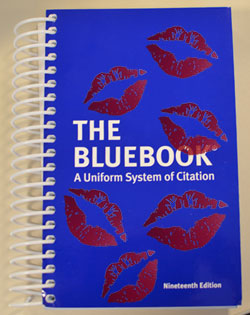 The Administrative Office of the Courts announced yesterday that FDSys will now include opinions from 64 federal courts. The program to integrate federal court opinions into FDSys began in 2011. In 2011, they added opinions from 12 courts. In 2012, they increased that number to 28 courts. In February of this year, they announced that they were expanding the program. And now we know they have increased the number of courts to 64. According to today’s press release, they are backfilling some jurisdictions, putting in an archive back to 2004. They claim to have 750,000 opinions in FDSys now.
The Administrative Office of the Courts announced yesterday that FDSys will now include opinions from 64 federal courts. The program to integrate federal court opinions into FDSys began in 2011. In 2011, they added opinions from 12 courts. In 2012, they increased that number to 28 courts. In February of this year, they announced that they were expanding the program. And now we know they have increased the number of courts to 64. According to today’s press release, they are backfilling some jurisdictions, putting in an archive back to 2004. They claim to have 750,000 opinions in FDSys now.
According to the statement, “FDsys currently contains opinions from 8 appellate courts, 20 district courts, and 35 bankruptcy courts.” To put this in perspective, there are 17 circuit courts, 94 district courts, and 195 bankruptcy courts. All together, they are pulling opinions from 63 of 307 federal courts (roughly). That’s 21% of the federal jurisdictions in 3 years.
As usual, I feel compelled to say “it’s great that they’re doing this, BUT”—they’re focusing on the wrong things. Why are they pulling documents from district courts and bankruptcy courts? The case law that most people care about is appellate opinions that create precedent. In federal jurisdictions, this means the Circuit Courts of Appeal and the United States Supreme Court. FDSys has no SCOTUS opinions (which are freely available on the Court’s site), and only about half of the Circuit Courts of Appeal. Some district court opinions are interesting and useful, and I suppose the same is true for bankruptcy court opinions, but why are they being added ahead of the Supreme Court? 750,000 documents is a lot—my guess is they’re pulling in random orders and rulings that are part of the public record but not especially useful in legal research.

 The
The  Carl Malamud of public.resource.org has a guest post on Boing Boing:
Carl Malamud of public.resource.org has a guest post on Boing Boing:  Have you heard that
Have you heard that 